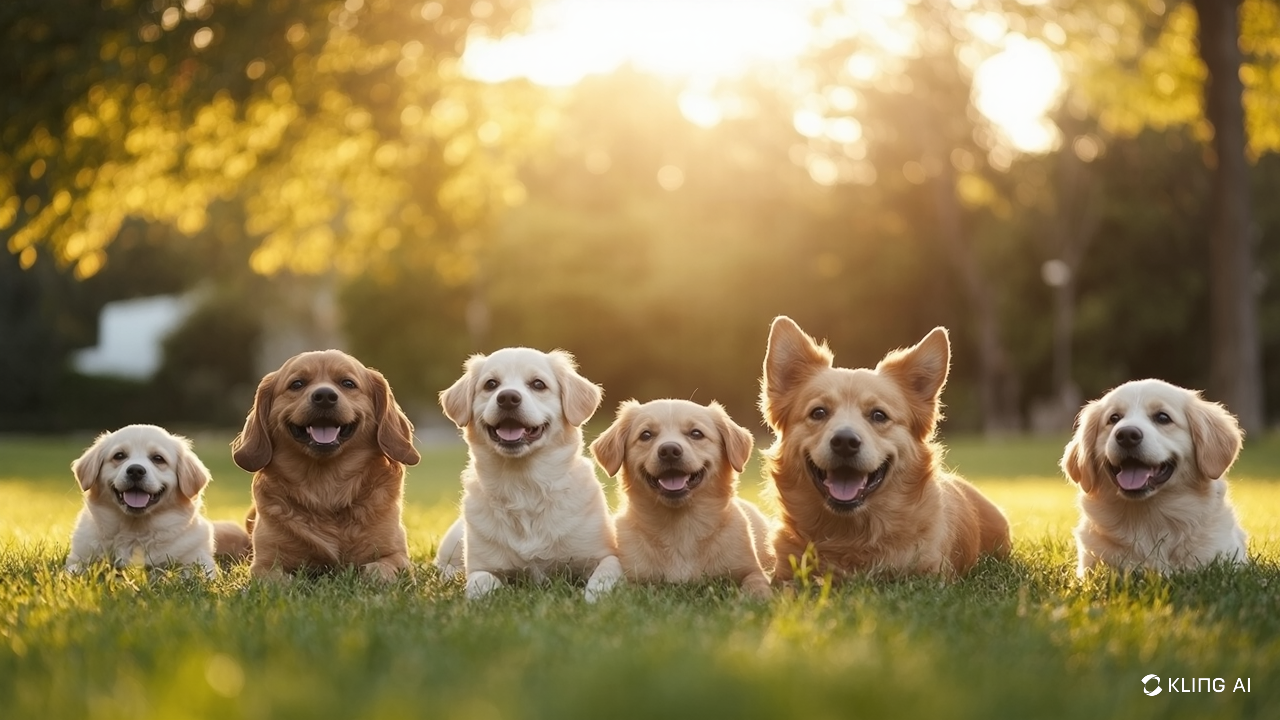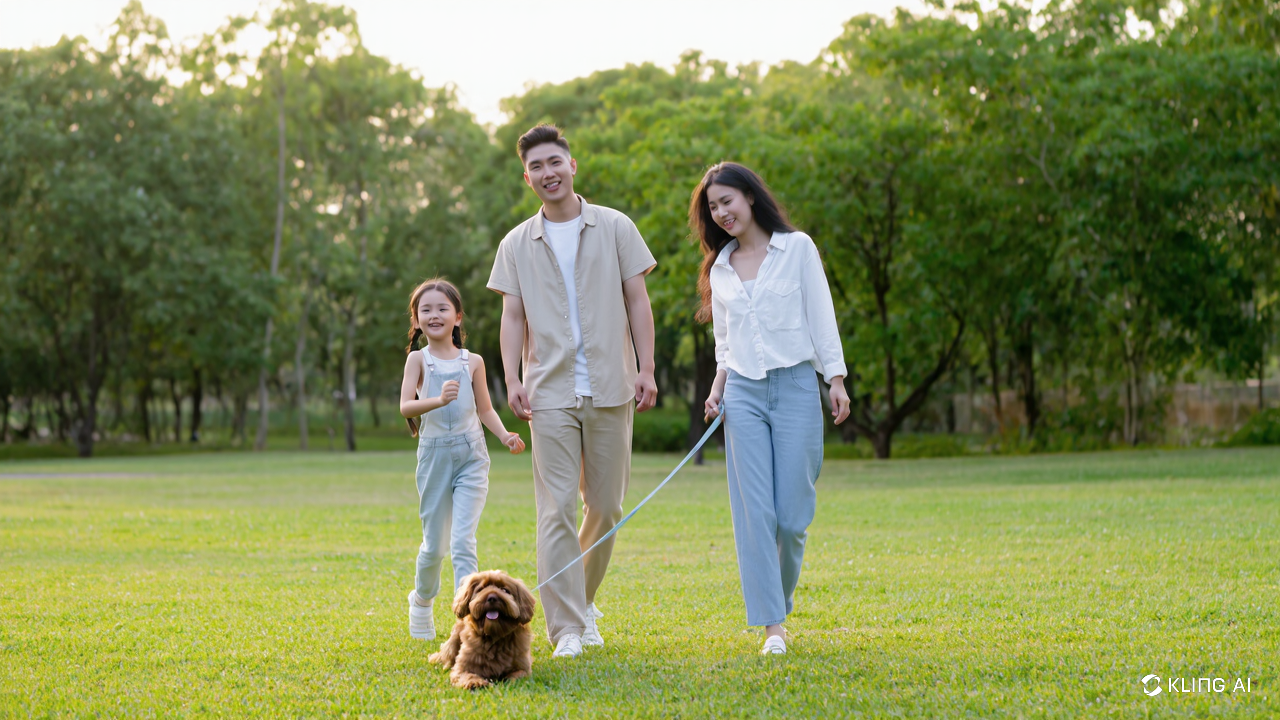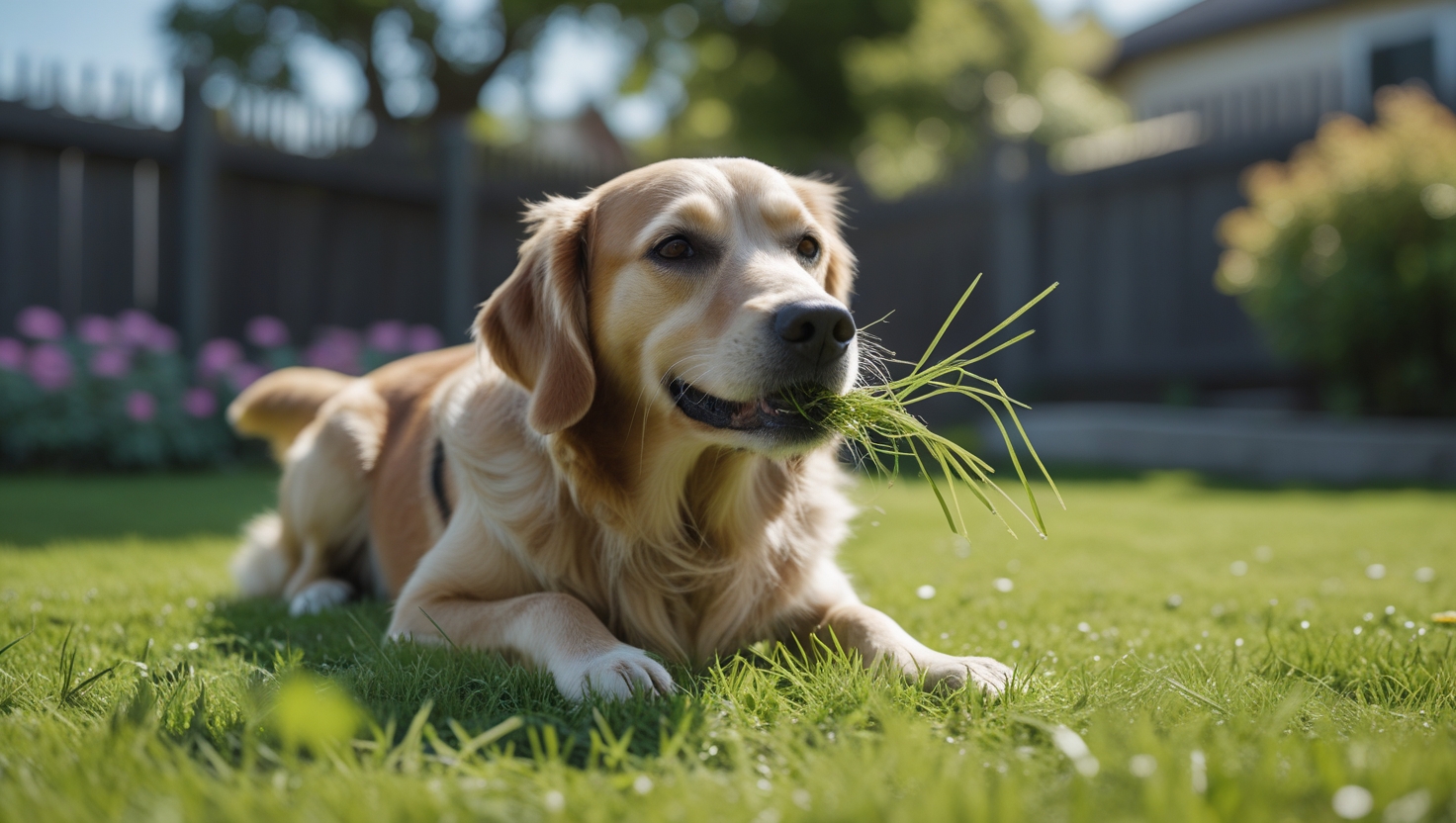
When discussing the most aggressive dog breeds, it's crucial to separate fact from fiction. While certain breeds may have reputations for aggressive tendencies, understanding the true nature of canine aggression requires looking beyond stereotypes. Dogs, regardless of breed, are products of both their genetic makeup and their environments.
Aggression in dogs isn't simply a breed characteristic—it's a complex behavior influenced by numerous factors including training, socialization, handling, and individual temperament. For every "aggressive" dog of a particular breed, there are countless others of the same breed living as gentle, loving family companions.
This comprehensive guide examines what constitutes aggressive behavior in dogs, which breeds are commonly classified as the most aggressive dog breeds, and how owners can responsibly manage and prevent aggressive tendencies through proper training and socialization.
Dog aggression encompasses a range of behaviors, from growling and snarling to biting and attacking. These behaviors typically stem from a dog's attempt to establish boundaries, protect resources, or respond to perceived threats. It's important to distinguish between normal canine communication (like warning growls) and truly dangerous aggressive behavior.
The most aggressive dog breeds may display various forms of aggression, each with different triggers and manifestations:
A dog's temperament develops through a complex interplay between genetics and environment. While certain breeds have been selectively bred for traits like guarding, protection, or fighting, how these genetic predispositions manifest depends largely on:
The media plays a significant role in shaping public perception of the most aggressive dog breeds. News reports of dog attacks often emphasize the breed involved rather than the circumstances, creating disproportionate fear. Throughout history, different breeds have been vilified—German Shepherds in the 1970s, Dobermans in the 1980s, and more recently, Pit Bulls. This cycle of breed vilification often fails to address the true causes of aggressive incidents.
No dog is born aggressive—rather, they're born with certain temperamental tendencies that can be shaped by their experiences. A dog with strong guarding instincts can become either a well-balanced protector or a dangerous liability, depending on how they're raised and trained.
Many breeds typically listed among the most aggressive dog breeds were developed as guardians or protectors and display behaviors that can be misinterpreted as aggression. The difference lies in control, predictability, and triggering circumstances.
While no breed is inherently aggressive, certain breeds have been selectively bred for traits that can contribute to aggressive tendencies if not properly managed:
The single most significant factor in preventing dog aggression is responsible ownership, which includes:
Dogs that experience trauma, abuse, or lack of socialization, particularly during developmental stages, may develop fear-based aggression or other behavioral issues. Rescue dogs with unknown histories may require special patience, training, and sometimes professional behavioral intervention to overcome past trauma.
The most aggressive dog breeds typically share certain characteristics:
The following sections examine specific breeds that frequently appear on "most aggressive dog breeds" lists, including their history, behavioral tendencies, and special considerations for ownership.
________________________________________The term "Pit Bull" actually encompasses several breeds, including the American Pit Bull Terrier, American Staffordshire Terrier, and Staffordshire Bull Terrier. Originally bred for bull-baiting and later dog fighting, these breeds were selected for their strength, tenacity, and high pain tolerance. Paradoxically, they were also bred to be exceptionally human-friendly, as handlers needed to safely separate fighting dogs.
Pit Bulls consistently rank at the top of most aggressive dog breeds lists in bite statistics and fatality reports. However, these statistics require context:
When properly raised and trained, Pit Bulls can be exceptionally loyal, affectionate family dogs. Responsible Pit Bull ownership includes:
Rottweilers were developed as cattle drovers and guard dogs, tasks requiring strength, intelligence, and protective instincts. These same traits that make them excellent guardians can lead to aggression when:
Weighing up to 135 pounds with a bite force exceeding 300 PSI, Rottweilers are frequently included in lists of the most aggressive dog breeds and have the physical capability to cause serious injury. Their intelligence and independent thinking mean they require handlers who:
Contrary to their intimidating appearance and media portrayal, well-bred and properly raised Rottweilers are typically:
Dobermans were specifically developed in the late 19th century to be personal protection dogs. Their alertness, loyalty, and willingness to defend their owners can be misinterpreted as aggression. A well-bred Doberman should be:
Among the most intelligent of the most aggressive dog breeds, Dobermans require owners who can:
Modern Doberman breeding has focused on creating a more family-friendly temperament while maintaining protective qualities. Proper training should include:
German Shepherds were developed as versatile working dogs with strong protective instincts. Their alert, attentive nature and tendency to watch strangers carefully can be intimidating and mistaken for aggression. Key German Shepherd traits include:
German Shepherds excel with training that provides:
Without proper training and socialization, German Shepherds may develop behaviors that contribute to their reputation as one of the most aggressive dog breeds:
One of the world's oldest breeds, the Chow Chow was developed in China for various purposes including hunting, herding, and guarding. Their independent, cat-like temperament and strong territorial instincts make them:
Chows present unique training challenges that have earned them a place among the most aggressive dog breeds due to their:
Reducing aggression in Chow Chows requires:
Wolf hybrids (dogs bred with wolves) present unique challenges because they possess varying degrees of wild animal instincts combined with domestic dog traits. This creates potential for:
Ownership of wolf hybrids is controversial and restricted in many jurisdictions because:
Those who choose to own wolf hybrids must be prepared for challenges associated with one of the most aggressive dog breeds:
Malamutes were developed by the Mahlemut people of Alaska as powerful, independent sled dogs capable of surviving harsh conditions. Their pack-oriented mentality means they:
Successfully managing a Malamute requires:
Typical triggers that place Malamutes among the most aggressive dog breeds include:
Huskies were bred as endurance sled dogs with exceptional energy levels and independence. Without proper outlets, this energy can manifest as:
Huskies require substantial physical and mental exercise, including:
Effective Husky training techniques to address issues that contribute to their classification among the most aggressive dog breeds include:
Great Danes were developed as hunting and guard dogs but have been bred for companionship in recent centuries. Their massive size (potentially 175+ pounds) can be intimidating, though most display a gentle temperament. Key considerations include:
Given their size, Great Danes must be:
Responsible Great Dane ownership includes:
Regardless of breed, preventing aggression begins with:
Early intervention requires recognizing subtle signs of discomfort that may precede aggression:
Breed-specific legislation (BSL) restricts or bans ownership of certain breeds based on perceived dangerousness. The debate around BSL for the most aggressive dog breeds includes:
All dog owners have legal and ethical responsibilities to:
Those considering one of the most aggressive dog breeds should honestly assess:
While certain breeds have genetic predispositions that may make aggression more likely under certain circumstances, the development of aggressive behavior depends largely on:
Preventing dog aggression requires responsible ownership practices including:
Rather than fearing the most aggressive dog breeds, a more productive approach involves:
By understanding the complex factors that contribute to canine aggression, we can move beyond simplistic breed stereotypes toward a more nuanced, effective approach to creating safer human-canine interactions. Every dog, regardless of breed, deserves responsible ownership and the opportunity to become a well-adjusted companion.
________________________________________

Discover the best small dog breeds for families, apartments, seniors, and more! Learn about their temperament, trainability, grooming needs, and health considerations to find your perfect furry companion. Explore hypoallergenic, low-maintenance, and cuddly small dogs today!
Read more...

Find the best family dog breeds for your home! Discover small, medium, and large dogs that are friendly, trainable, and great with kids. Learn about hypoallergenic, low-maintenance, and protective breeds to match your family's lifestyle. Choose the perfect family companion today!
Read more...

Wondering why your dog eats grass? Discover the possible reasons behind this common behavior, from instinct to digestive relief. Learn when grass-eating is normal, potential health risks, and how to manage it safely. Find out if your dog needs veterinary attention today!
Read more...
Do you need a website design similar to this one, or maybe have your own idea in mind?
Feel free to use the Email below to get a free quote TODAY!
digigrow.to@gmail.com
All rights reserved 2024 - 2025.
Designed by DigiGrow